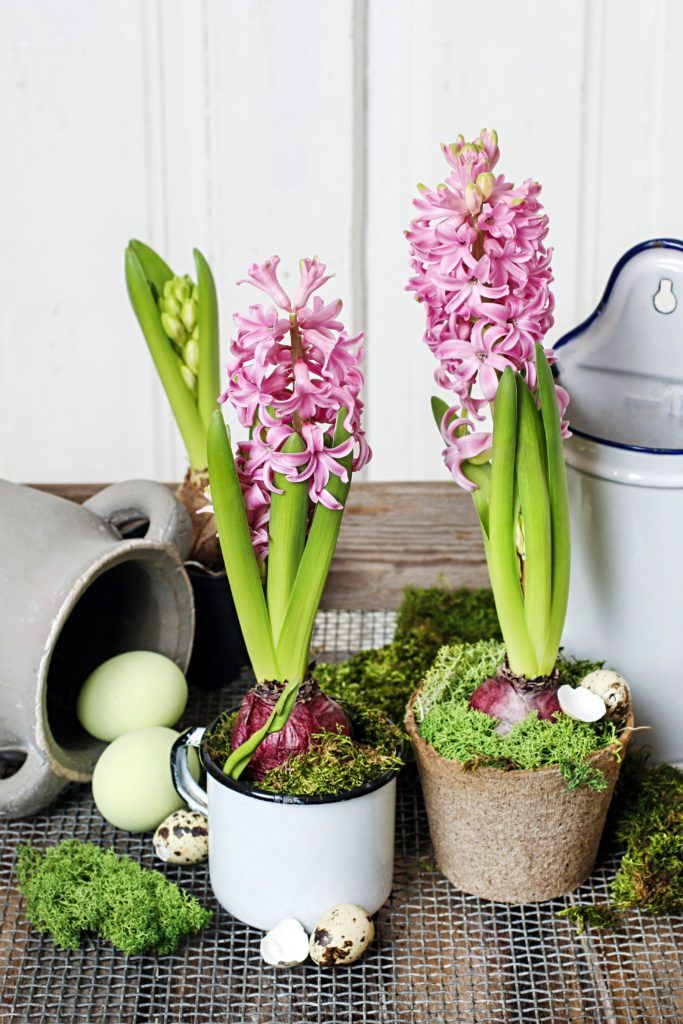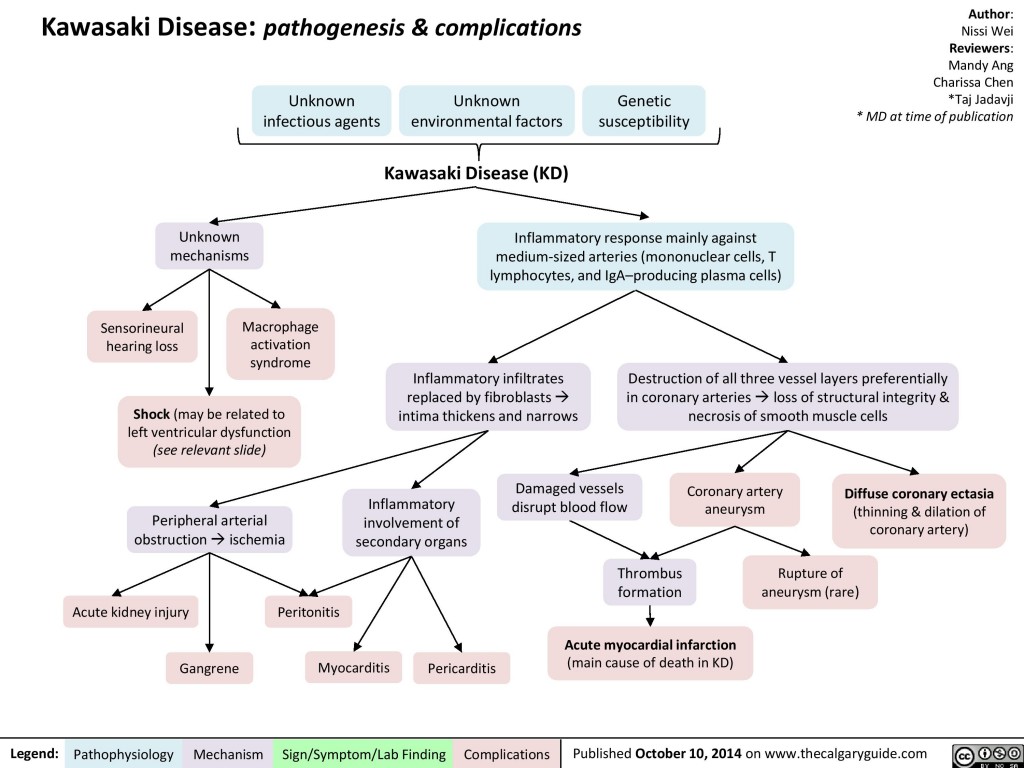A Gardener's Guide To Planting Hyacinth Bulbs For Spring Blooms

Table of Contents
Choosing the Right Hyacinth Bulbs
Selecting the right hyacinth bulbs is the first step to a successful spring bloom. The quality and type of bulb you choose will significantly impact the size, color, and overall health of your plants.
Bulb Selection & Quality
The quality of your hyacinth bulbs directly impacts the success of your planting efforts. When choosing bulbs, consider the following:
- Size Matters: Larger, firmer bulbs generally produce taller and more robust blooms. Avoid bulbs that are shriveled, soft, or show signs of damage.
- Firmness is Key: A plump, firm bulb is a healthy bulb. Gently squeeze the bulb; it should feel solid and weighty, not soft or mushy.
- Disease-Free Bulbs: Inspect each bulb carefully for any signs of mold, rot, or discoloration. Discard any bulbs that appear diseased.
- Variety is the Spice of Life: Hyacinths come in a wide range of colors, including purple, blue, pink, white, yellow, and even red. Choose varieties that complement your garden's aesthetic and sunlight conditions.
Types of Hyacinths
Hyacinths offer a delightful diversity in bloom time, flower shape, and fragrance. Some popular types include:
- Single Hyacinths: These feature a single row of densely packed florets creating a classic hyacinth look.
- Double Hyacinths: Known for their full, fluffy blooms with multiple layers of petals. These often appear more rounded and luxurious.
- Early Blooming Hyacinths: These varieties flower earlier in the spring season, bringing color to your garden sooner.
- Late Blooming Hyacinths: These bloom later, extending the hyacinth season and offering a longer period of enjoyment.
Popular varieties include 'Blue Jacket' (deep blue), 'Pink Pearl' (delicate pink), 'Carnegie' (rich red), and 'White Pearl' (pure white). Research different varieties to find those that best suit your preferences and climate.
Preparing Your Planting Site
Proper site preparation is crucial for healthy hyacinth growth. Understanding their sunlight and soil requirements will dramatically increase your chances of success.
Sunlight & Soil Requirements
Hyacinths thrive in specific conditions:
- Sunlight: Hyacinths need at least 6 hours of direct sunlight per day to bloom optimally. Choose a location in your garden that receives ample sunlight.
- Well-Drained Soil: Excellent drainage is critical to prevent bulb rot. Hyacinths don't tolerate soggy soil. Amend heavy clay soils with compost or other organic matter to improve drainage.
- Soil pH: A slightly acidic to neutral soil pH (6.0-7.0) is ideal for hyacinths. You can test your soil's pH using a home testing kit and adjust accordingly.
Planting Time and Location
- Planting Time: The best time to plant hyacinth bulbs is in the fall, typically 6-8 weeks before the ground freezes. This allows the roots to establish before winter. Specific planting times vary depending on your climate zone. Consult your local gardening resources for precise recommendations.
- Planting Location: Hyacinths can be planted directly in the ground or in containers. If planting in the ground, choose a location with good drainage and sufficient sunlight. Containers allow for more control over the growing environment, especially in areas with poor soil drainage.
Planting Hyacinth Bulbs: A Step-by-Step Guide
Once you've chosen your bulbs and prepared your planting site, it's time to plant!
Planting Depth and Spacing
Follow these steps for optimal results:
- Planting Depth: Plant your hyacinth bulbs pointy-end up, about 5-7 cm (2-3 inches) deep.
- Spacing: Space the bulbs 10-15 cm (4-6 inches) apart to allow for adequate growth and prevent overcrowding. Overcrowding can lead to smaller blooms and increased disease risk.
Aftercare
Providing proper aftercare is just as important as planting:
- Watering: Water thoroughly after planting. Keep the soil consistently moist, but not waterlogged, throughout the growing season.
- Mulching: Apply a layer of mulch around the bulbs to help retain moisture, regulate soil temperature, and suppress weeds.
- Pest and Disease Control: Keep an eye out for pests and diseases. Address any issues promptly to prevent them from spreading.
Forcing Hyacinth Bulbs Indoors for Early Blooms
Enjoy the beauty of hyacinths even before spring arrives by forcing them indoors!
Choosing Bulbs for Indoor Forcing
For indoor forcing, select high-quality bulbs specifically intended for this purpose. These are usually larger and more robust.
Potting and Indoor Care
Follow these steps to force hyacinth bulbs indoors:
- Potting: Plant the bulbs in well-draining potting mix in a pot with drainage holes. Plant them close together for a fuller display.
- Dark Period: Place the pot in a cool, dark place (around 4-10°C or 40-50°F) for 6-8 weeks. This chilling period is essential for root development.
- Light Exposure: Once shoots emerge, gradually introduce light, starting with indirect sunlight and then moving to a sunnier location as the plant grows.
- Watering: Keep the soil consistently moist but avoid overwatering.
Planting hyacinth bulbs is a rewarding experience that promises a beautiful spring display. By following these simple steps, ensuring proper bulb selection, site preparation, and planting techniques, you can enjoy vibrant hyacinth blooms in your garden or indoors. Remember to choose high-quality bulbs and provide the optimal growing conditions for success. Start planning your spring garden today by learning more about planting hyacinth bulbs and experience the joy of these fragrant springtime flowers!

Featured Posts
-
 Elfelejtett Kincs A Regi Nokia Telefonod Igazi Erteke
May 29, 2025
Elfelejtett Kincs A Regi Nokia Telefonod Igazi Erteke
May 29, 2025 -
 Liverpool Fc Transfer News Anfield Nears Signing Of Real Madrids Speedy Star
May 29, 2025
Liverpool Fc Transfer News Anfield Nears Signing Of Real Madrids Speedy Star
May 29, 2025 -
 Luca Marinis Serious Injury At Suzuka 8 Hours Test
May 29, 2025
Luca Marinis Serious Injury At Suzuka 8 Hours Test
May 29, 2025 -
 Affordable Nike Sneakers The Celebrities Go To Choices
May 29, 2025
Affordable Nike Sneakers The Celebrities Go To Choices
May 29, 2025 -
 16 Jarige Venlonaar In Hechtenis Na Overval Met Pistool Op Schoolgenoten
May 29, 2025
16 Jarige Venlonaar In Hechtenis Na Overval Met Pistool Op Schoolgenoten
May 29, 2025
Latest Posts
-
 Kawasaki Disease Etiology Emerging Evidence For A Single Respiratory Virus
May 30, 2025
Kawasaki Disease Etiology Emerging Evidence For A Single Respiratory Virus
May 30, 2025 -
 Is A Single Unknown Respiratory Virus The Cause Of Kawasaki Disease New Data Suggests A Link
May 30, 2025
Is A Single Unknown Respiratory Virus The Cause Of Kawasaki Disease New Data Suggests A Link
May 30, 2025 -
 Kawasaki Disease A Novel Respiratory Virus As The Culprit
May 30, 2025
Kawasaki Disease A Novel Respiratory Virus As The Culprit
May 30, 2025 -
 6 15
May 30, 2025
6 15
May 30, 2025 -
 Maryland Tech Companies A West Virginia Opportunity
May 30, 2025
Maryland Tech Companies A West Virginia Opportunity
May 30, 2025
